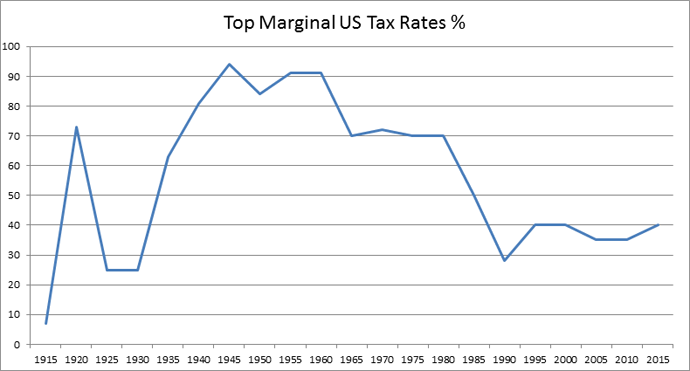
For 2021 tax rates, review this link from the Canadian government, and for Québec residents, review this link from Revenu Québec. Studies have proven somewhat inconclusive as to whether marginal rates hinder worker production.Canada’s federal income tax rates for the 2022 Tax Year Tax RateĬanadian income tax rates or brackets vary according to the total amount of income you earn, and how much of that is considered taxable income. They call for a flat rate, or one rate for all income. On the other hand, critics of marginal tax rates say it's an incentive against working harder and making more money because of the increasing tax rates. This method of taxation aims to fairly tax individuals based upon their earnings, with low income earners being taxed at a lower rate than higher income earners. What are the pros and cons of marginal tax rates? Belgium is said to have one of the highest marginal tax rates-at a top rate of 54 percent. Australia, Canada, Finland, Germany, Denmark, Italy, Japan, Great Britain, Switzerland and France are among the group of nations using marginal tax rates. There are numerous deductions and other factors to lessen or raise the tax bill.ĭo other countries besides the U.S.

However, this figure does not mean someone would actually owe that amount. So the total tax due is $50,527.50 on an income of $200,000. At 33 percent, the taxes owed on that $21,300 is $7,045. To figure how much income is taxed at that rate, we subtract $178,000 from $200,000 for a figure of $21,300. So the last bracket and tax rate for the $200,000 salary is 33 percent. So as we use the formula, the tax required for this comes out to $26,040 as we subtracted $85,650 from $178,650 to get the taxable income of $93,000. The second to last bracket for the $200,000 salary has a marginal rate of 28 percent. So, the amount owed for this bracket-$85,650 minus $35,350 for a total of taxable income of $50,300-is $12,575. The next income bracket $35,350 to $85,650 is taxed at 25 percent. Then income moves into a new marginal tax rate of 15 percent as it grows above $8,700 with a top of $35,500. So, income between $0 and $8,700 is taxed at a marginal rate of 10 percent-and the tax owed is $870 for that bracket. Remember, the increasing marginal rates only apply to one income bracket and not the total amount. Here's an example, as we look at a single individual taxpayer's income of $200,000 using the rates listed above. How would a typical set of marginal rates work? 10% on taxable income from $0 to $17,400.Marginal tax rates can and do change but here are the current rates: Likewise, the income earned below that level is taxed at the lower marginal rate.

However, once a new marginal rate is reached, that rate applies to all taxable income within that rate level and only within that level. As income gets higher or moves beyond a section, the marginal tax rate will increase. Income in a certain bracket is only taxed at the marginal rate set for that bracket. Simply put, someone's income is divided into sections of amounts and those sections each have a different marginal tax rate.ĭoes a marginal rate apply to someone's total income? Marginal refers to what's happening at the 'margins' or ends of someone's income, not on the total income. This is where the idea of a marginal tax rate comes in. That means as someone's income increases, their tax rate increases too. We'll start first with the fact that the U.S. Personal Loans for 670 Credit Score or Lower Personal Loans for 580 Credit Score or Lower Best Debt Consolidation Loans for Bad Credit


 0 kommentar(er)
0 kommentar(er)
